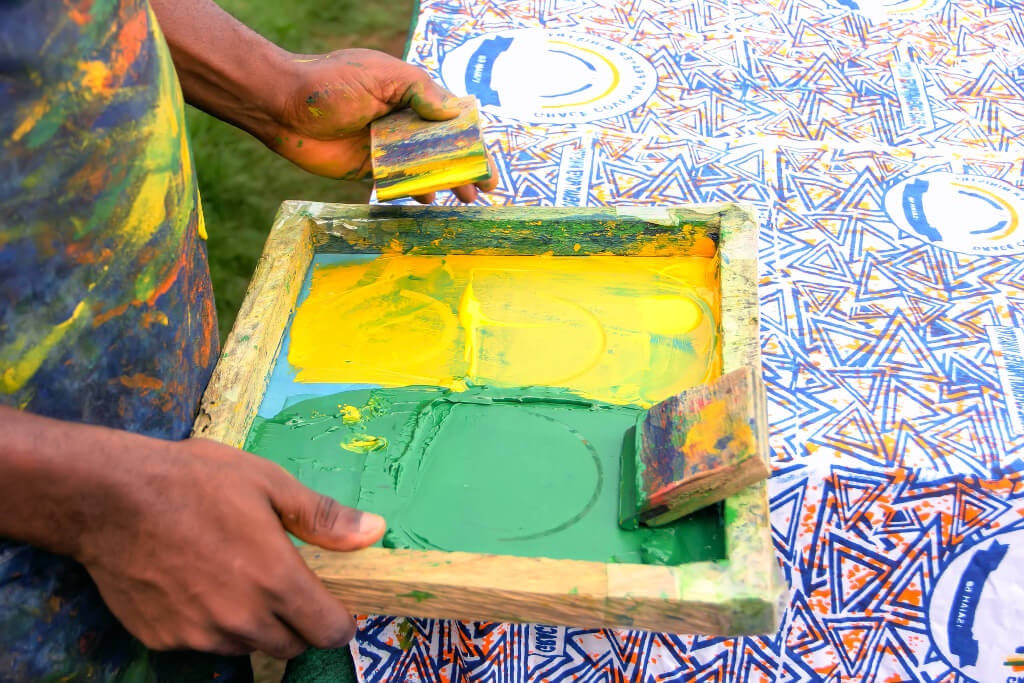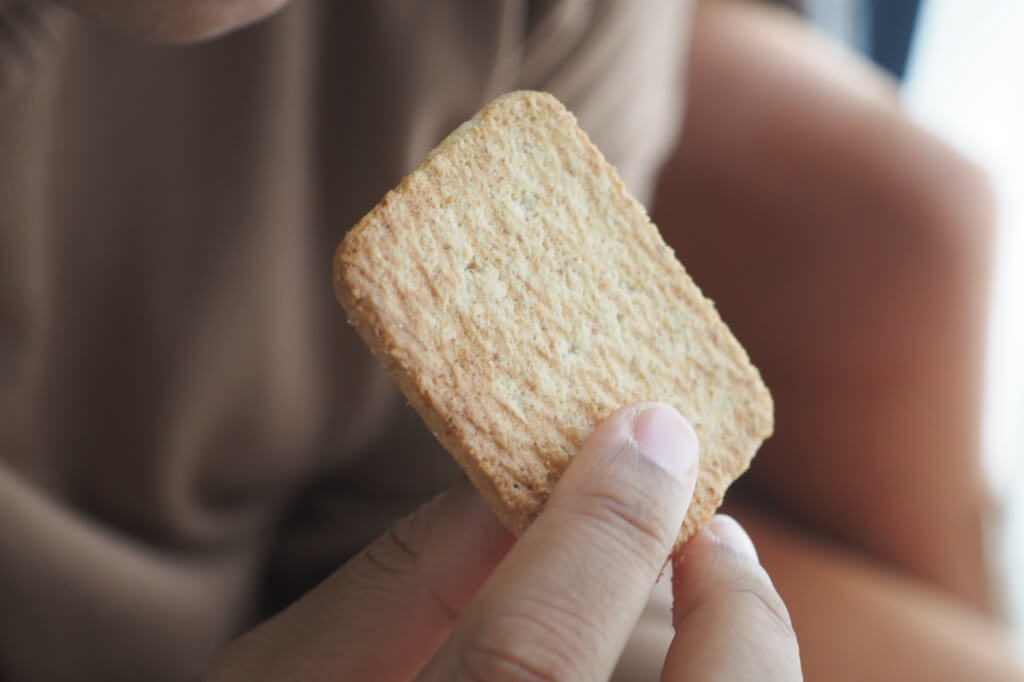The Zeitz Museum of Contemporary Art Africa, affectionately known as Zeitz MOCAA, has undergone a remarkable transformation under the visionary leadership of Koyo Kouoh, its director. In this extensive exploration, we delve deep into the captivating narrative of Zeitz MOCAA, tracing its roots, understanding its mission, and celebrating its profound commitment to African identity through contemporary art.
To truly appreciate the journey of Zeitz MOCAA, one must first understand its origins. The museum was founded in the historic port district of Cape Town by an ambitious Cameroonian, and from its inception, it was clear that this institution would be different. Unlike traditional art museums, Zeitz MOCAA set out to redefine itself as a platform dedicated to the celebration of African contemporary art.
Koyo Kouoh, a visionary of Cameroonian descent, took the reins of the institution, and with her appointment as director, a new era was born. Kouoh brought with her a passion for art that transcended geographical boundaries. To her, Africa was not just a physical continent but a concept deeply intertwined with history and culture. Her vision for Zeitz MOCAA was clear—to reaffirm its African character and to center its identity on Pan-Africanism.
The core philosophy of Pan-Africanism became the compass guiding Zeitz MOCAA’s journey. Pan-Africanism is not merely a term; it’s a profound ideology that emphasizes the unity, solidarity, and common purpose of the African continent and its diaspora. At Zeitz MOCAA, this philosophy is woven into the very fabric of the institution.
Kouoh’s perspective on Africa is nothing short of revolutionary. “To me, Africa is more of a concept than a physical continent,” she proclaims. Her words, draped in eloquence, challenge conventional notions. “It’s a history that goes beyond borders,” she asserts, her expressive eyes filled with conviction. She goes even further, challenging the global status quo, stating, “I always tell Americans that America is just another African country, even though Americans hate to hear it.”
Kouoh’s perspective invites us to view countries as collections of cultural expressions and influences, transcending their geographical confines. Under this expansive perspective, nations like Haiti, Cuba, and Brazil can be regarded as African countries, each with a unique blend of African heritage woven into their cultural tapestry. “That’s my perspective on them,” Kouoh declares, her grin reflecting the sincerity of her beliefs.
Consider, for instance, the undeniable African influence in Brazil, where over 50% of its 200 million inhabitants have African roots. Similarly, in the United States, approximately 40% of the population is African American, constituting around 12% of the total population. The impact of Africa’s diaspora in the U.S. is undeniable, shaping the nation’s culture, music, and identity.
Kouoh’s life journey is a testament to the interconnectedness of cultures and identities. She spent her formative years shuttling between Zurich, Switzerland, and Douala, her hometown in Cameroon. Her multicultural upbringing enriched her worldview, and her vibrant, expressive eyes reflect a deep appreciation for the diversity of human experiences.
Before taking the helm at Zeitz MOCAA, Kouoh established a state-of-the-art art center in Dakar, Senegal. The MOCAA itself is housed in a refurbished grain silo, an architectural marvel with square windows that resemble a beehive constructed from concrete and glass. It is within this unique space that Kouoh embarked on a mission to breathe new life into what she describes as a “broken” and “dysfunctional” institution.
Redefining Africa’s Narrative
Kouoh’s vision for Zeitz MOCAA was not merely about curating art but about redefining the narrative surrounding Africa. Even after the end of colonialism, Africa’s story was often “defined by others.” To Kouoh, focusing on Pan-Africanism was not just logical; it was necessary.
One of the ways Zeitz MOCAA is reshaping Africa’s narrative is through its thought-provoking exhibitions. The current exhibition, titled “SEEKERS, SEERS, SOOTHSAYERS,” is a mesmerizing journey into the supernatural and the spiritual. Through textile pieces and wall projections of photos and videos, visitors are invited to explore the mystical facets of African culture.
Kouoh emphasizes the importance of presenting alternative narratives, not as tools for correction but as claims to a space in the global conversation. Her approach has garnered attention from major institutions in Europe and New York, eager to collaborate with Zeitz MOCAA to amplify its global impact.
“When We See Us”
One of Zeitz MOCAA’s most remarkable achievements is the exhibition “When We See Us.” This exhibition showcases a century of African figurative painting and is poised to leave Cape Town for Basel, Switzerland, taking African art to a global stage. Kouoh’s curatorial approach has evolved over the years, transitioning from group shows featuring multiple artists exploring a common theme to solo exhibitions.
Standing in the panoramic elevator overlooking the grand entry hall, Kouoh reflects on the shift, stating, “When you think about a group show, you want to make a harmonious arrangement, but in reality, there are usually too many voices.” Solo exhibitions, on the other hand, allow for a symphony to be created within the realms of reality and space, offering a more profound and immersive experience for visitors.
The Future of Zeitz MOCAA
As Zeitz MOCAA continues its transformative journey, Kouoh has outlined three pivotal areas of focus: championing female artists, highlighting underappreciated techniques, and nurturing up-and-coming talent. She emphasizes that her role is not that of an activist but an advocate for African women artists.
In a world where the voices of African women artists have sometimes been marginalized, Kouoh is determined to provide them with a platform to shine. Her commitment to diversity and inclusivity is not just a vision for Zeitz MOCAA but a broader message of empowerment and representation.




